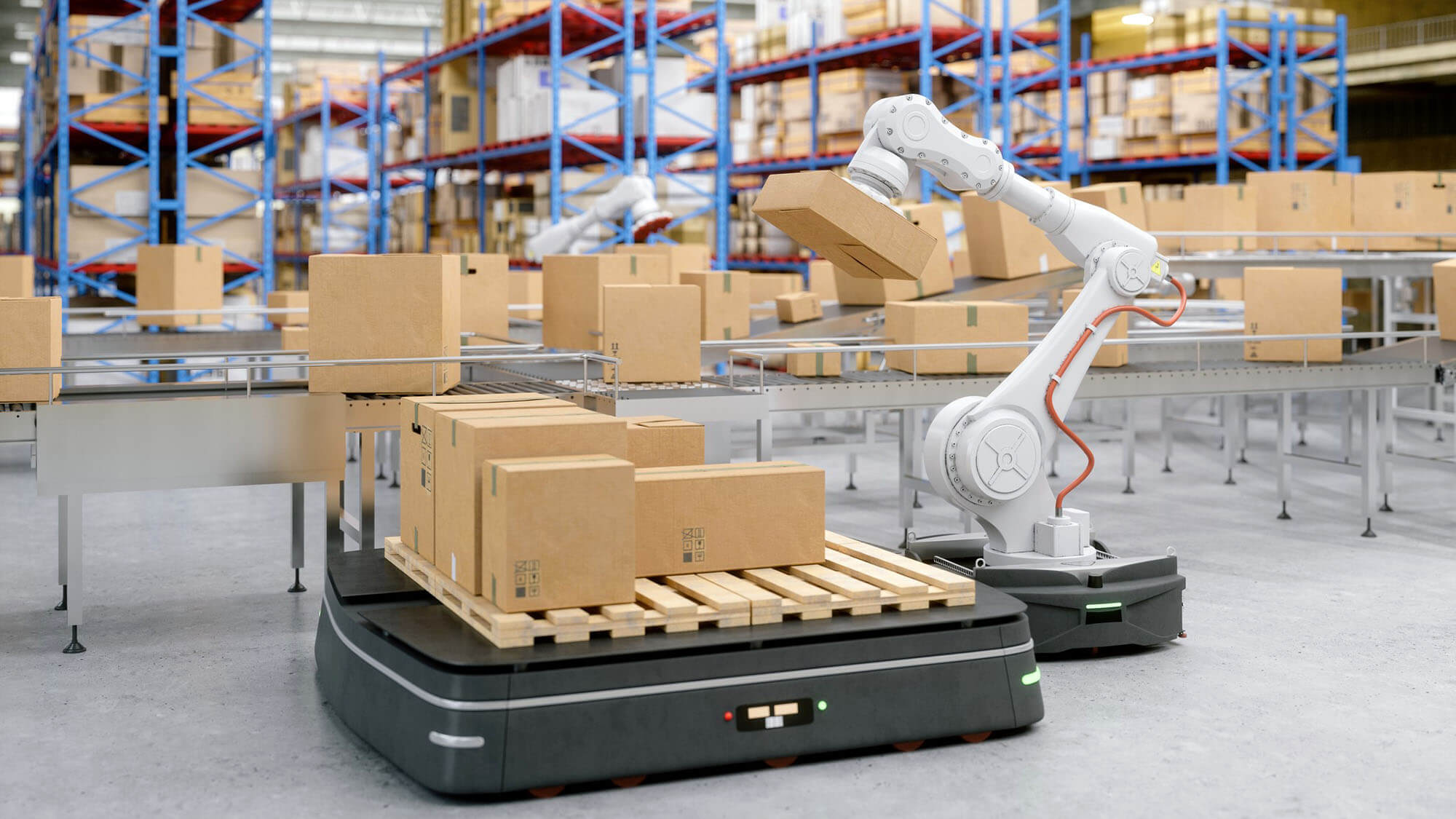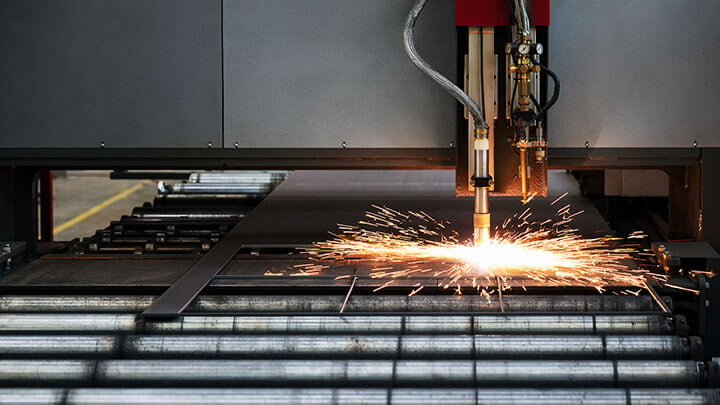Understanding the 2023 Updates to the CSA C22.2 No. 301 Standard – Part 4

24 Jul 2025
New Requirements for Batteries, Bonding, and Wiring Methods
Welcome to Part 4 of our blog series on the 2023 updates to the CSA C22.2 No. 301 standard. In this installment, we focus on three critical areas that have seen notable changes: batteries, bonding, and wiring methods.
While not all industrial machinery includes batteries, the updates to bonding and wiring methods will affect nearly every manufacturer working with electrical equipment. These changes are designed to enhance safety, clarify compliance expectations, and align with evolving technologies – especially as robotics and mobile power sources become more common in industrial settings.
Let’s explore what’s new and what it means for your designs.
Batteries
With the addition of robotics into the standard, it was determined that batteries and battery circuits needed to be addressed by the standard. As such machinery that has the primary power from batteries must comply with the requirements in CSA C22.2 No. 301, clause 5.7. The additional requirements for batteries require that:
- Batteries comply with applicable battery standards,
- Batteries comply with the overcharge and discharge tests, and
- Terminals and circuity need to be protected from accidental contact and short-circuiting.
The term battery in the standard may be individual batteries, individual batteries that are wired together, or battery packs. The standard provides several common battery standards in Canada such as ANSI/CAN/UL 1973 and ANSI/CAN/UL 9540, however the standard does allow for any similar battery standard that could be used so long as it is good for Canada.
Since the energy in a battery is always accessible and cannot be disconnected, there are concerns as it relates to potential shock hazards. During the installation, replacement, or normal use of the battery, it must be maintained such that people are safe. Commonly a protective barrier will be installed, but sometimes electrical spacings will be sufficient.
Bonding
CSA C22.2 No. 301 Edition 2 also updated some errors and omissions as it related to the bonding of equipment. In the second edition several significant changes to the bonding requirements included that:
- Bonding to be comply with CSA C22.2 No. 0.4, and
- Bonding of non-metallic enclosures was added.
CSA C22.2 No. 0.4 is a horizontal standard that contains the general requirements in Canada for the bonding of electrical equipment. It includes both construction requirements as well as testing requirements. A common oversight in designing products for compliance with Canadian standards is to miss references to CSA C22.2 No 0 and the CSA C22.2 No 0.x series and the requirements found within those standards.
Where electrical machinery has enclosures that are non-metallic, the requirements for bonding these enclosures were missing from the standard due to oversight in the first edition. The requirements added to CSA C22.2 No. 301 in clause 8.5, including not requiring bonding of end-of-the-line enclosures in limited circumstances, the sizing of the bonding conductors, and requiring bonding for any exposed metal part.
Wiring Methods
Some products covered by CSA C22.2 No. 301 are mounted to a “skid.” A skid is defined in the standard and notably refers to when the machinery is installed in relocatable structures, containers, or an open-structure type frame. The 2nd edition added clause 13.1.2 that requires:
- Equipment mounted to the skid to meet existing product standards,
- Where equipment mounted to the skid is not covered by an applicable product standard it must be further evaluated, and
- Interconnections must be in accordance with the Canadian Electrical Code, Part I.
Clause 13.1.2 also includes a note that since these skids are typically intended for a single specific installation, manufacturers should work with the applicable Authority Having Jurisdiction (AHJ) to make sure that the interpretation of requirements between all parties is clear. The AHJ is responsible for the approval of electrical installations, and since the internal parts of the skid may
This new note highlights that there are many situations where customer or bespoke equipment is made, and clear communication between all parties is the best practice.

